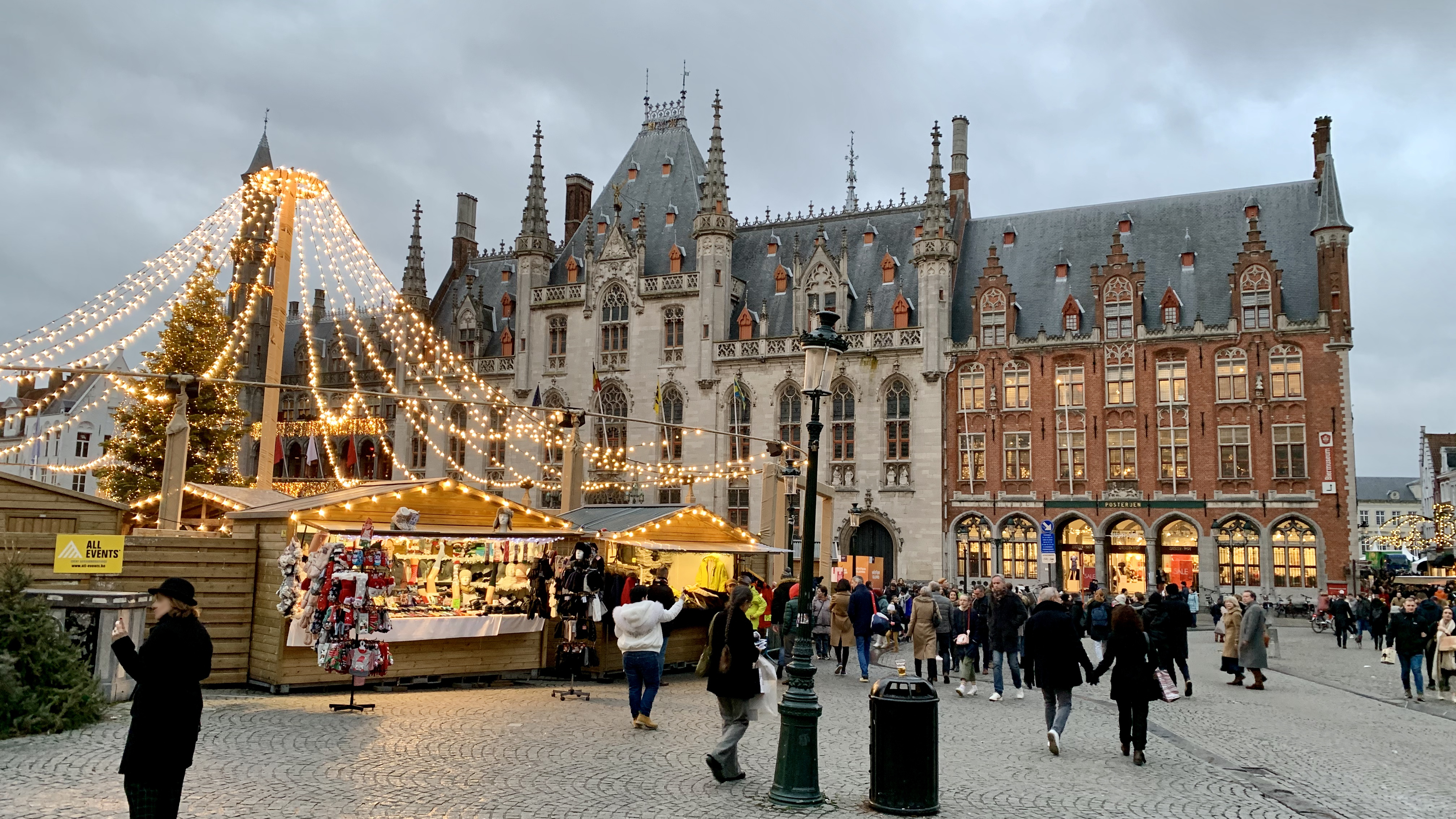
Bruges is a historic city located in the Flanders region of Belgium. It is known for its well-preserved medieval architecture, cobblestone streets, and picturesque canals. Bruges, also spelled as Brugge in Dutch, is often referred to as the "Venice of the North" due to its network of canals that traverse the city.
The city of Bruges dates back to the 9th century and was once a prominent trade center in Europe. Its medieval buildings and structures have been recognized as a UNESCO World Heritage site. The historic city center, with its charming squares and buildings, draws visitors from around the world.
One of the most famous attractions in Bruges is the Markt, a large central square surrounded by historic buildings and lively cafes. The Belfry of Bruges, a medieval bell tower, stands tall in the Markt and offers panoramic views of the city.
Bruges is also known for its churches, including the Church of Our Lady (Onze-Lieve-Vrouwekerk), which houses a famous sculpture by Michelangelo called the Madonna and Child. The Basilica of the Holy Blood (Heilig-Bloedbasiliek) is another important religious site that is believed to house a vial containing a drop of Jesus' blood.
Exploring Bruges on foot or by boat along the canals is a popular way to experience the city's charm. The canals provide a unique perspective and allow visitors to appreciate the architecture and ambiance from the water.
In addition to its historical and architectural attractions, Bruges is renowned for its chocolate and beer. The city is home to numerous chocolate shops where you can indulge in Belgian chocolates, and there are also several breweries where you can sample a variety of Belgian beers.
Bruges attracts a significant number of tourists, especially during the peak summer months. However, it remains a delightful destination year-round. Visitors can enjoy taking a leisurely stroll through its cobblestone streets, visiting museums, tasting local cuisine, and simply soaking in the medieval atmosphere.



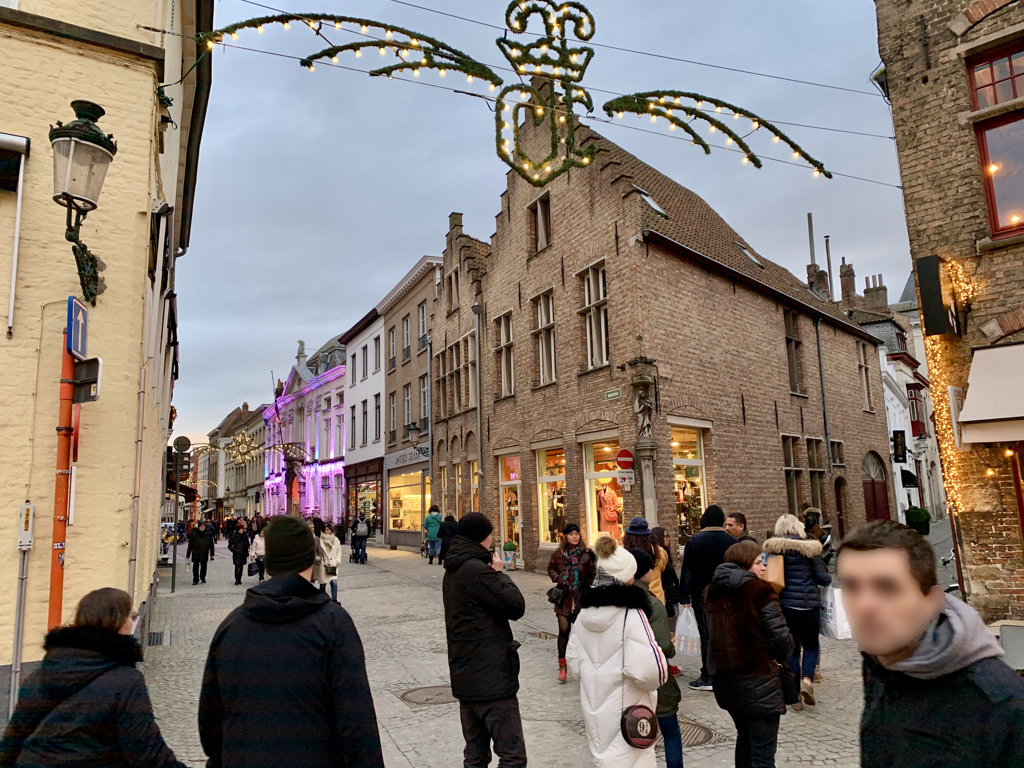
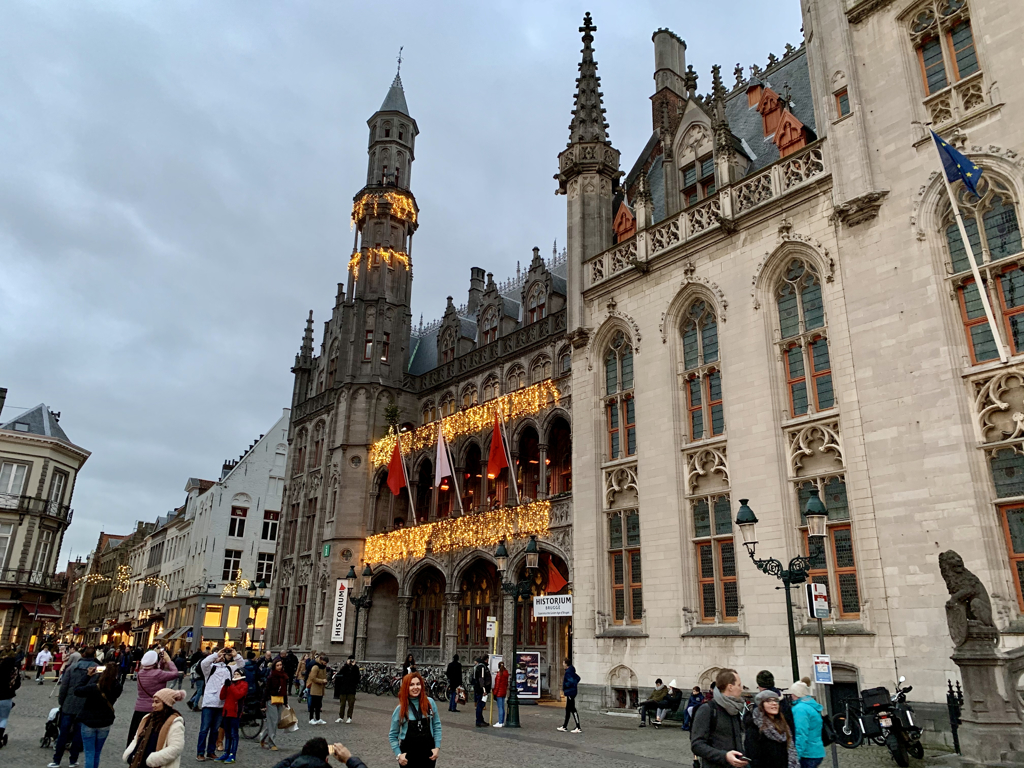



The Béguinage Ten Wijngaerde is a historic site. It is one of the best-preserved béguinages (semi-monastic communities) in the country and has been recognized as a UNESCO World Heritage site.
A béguinage was a community of religious women called béguines who lived a semi-monastic life during the Middle Ages. The Béguinage Ten Wijngaerde in Bruges was founded in the 13th century and was home to a group of béguines until the early 20th century. It served as a place where unmarried or widowed women could live a pious and contemplative life without taking formal religious vows.
The Béguinage Ten Wijngaerde is characterized by its tranquil and picturesque setting. It features a central green courtyard with small houses, a church, and a convent. The houses, built in a traditional Flemish style, are arranged around the courtyard and are now primarily occupied by Benedictine nuns.
Visitors to the Béguinage Ten Wijngaerde can explore the peaceful grounds, stroll along the pathways, and visit the church. The tranquil atmosphere, well-preserved architecture, and beautiful gardens make it a popular place for visitors seeking a break from the bustling city center of Bruges.
The site also houses a small museum that provides insights into the history and daily life of the béguines. It showcases artifacts, artworks, and exhibits that give a glimpse into the unique lifestyle of the women who once lived there.
The Béguinage Ten Wijngaerde is located within walking distance from the city center of Bruges, making it easily accessible for visitors. It is a serene and historically significant site that offers a glimpse into the religious and cultural heritage of the region.
The Basilica of the Holy Blood, or Heilig-Bloedbasiliek in Dutch, is a Roman Catholic basilica. It is one of the most famous religious sites in the city and attracts numerous visitors each year.
The basilica is renowned for its relic, which is said to contain a vial of blood that is believed to be the blood of Jesus Christ. According to legend, the relic was brought to Bruges in the 12th century by a count returning from the Holy Land. It has been preserved and venerated in the basilica ever since.
The Basilica of the Holy Blood consists of two chapels. The lower chapel, known as the Chapel of St. Basil, dates back to the 12th century and is a beautiful example of Romanesque architecture. The upper chapel, built in the 16th century, features a Gothic style with intricate stained glass windows and ornate decorations.
Visitors to the basilica have the opportunity to venerate the relic of the Holy Blood. The vial is kept in a gold and crystal reliquary, which is displayed during certain times of the day for visitors to view and venerate. It is an important pilgrimage site for Catholics and holds religious significance for believers.
Apart from the relic, the basilica itself is an architectural gem and a place of spiritual tranquility. The interior is adorned with stunning artwork, including paintings, sculptures, and intricate woodwork. The peaceful ambiance and religious atmosphere create a solemn and reflective experience for visitors.
The Basilica of the Holy Blood is located in the Burg Square, which is one of the main squares in the historic center of Bruges. It is easily accessible and within walking distance of other attractions in the city.
It's important to note that the basilica has specific opening hours for visitors, and times when the relic is displayed may vary. It's advisable to check the official website or contact the basilica directly to obtain the most up-to-date information before planning your visit.
Old St. John's Hospital, or Oud Sint-Jan in Dutch, is a historic site. It is a former hospital complex that has been repurposed into a multifunctional space housing museums, exhibition halls, event venues, and a hotel.
The origins of Old St. John's Hospital date back to the 12th century when it was established as a hospital for the care of the sick and the poor. Over the centuries, the complex grew and expanded, incorporating various buildings and structures.
Today, Old St. John's Hospital showcases the history and heritage of the hospital through its museums and exhibitions. The site includes the Memling Museum, which is dedicated to the works of the Flemish painter Hans Memling. It houses a collection of medieval art, including paintings, sculptures, and religious artifacts.
Another notable feature of Old St. John's Hospital is the Pharmacy Museum, which provides insights into the history of pharmacy and medical practices. Visitors can explore the museum's displays of old pharmaceutical tools, medicinal herbs, and antique apothecary cabinets.
In addition to the museums, Old St. John's Hospital offers event spaces that host exhibitions, concerts, conferences, and other cultural events. The site's courtyard is often used as a venue for outdoor gatherings and performances.
Furthermore, Old St. John's Hospital houses a hotel called Hotel Heritage, offering accommodations in a historic setting. The hotel provides guests with a unique experience, combining modern comforts with the rich history and atmosphere of the former hospital.
The complex of Old St. John's Hospital is located in the city center of Bruges, making it easily accessible for visitors. It is a significant cultural and historical site that offers a glimpse into the healthcare practices of the past and showcases notable works of art.
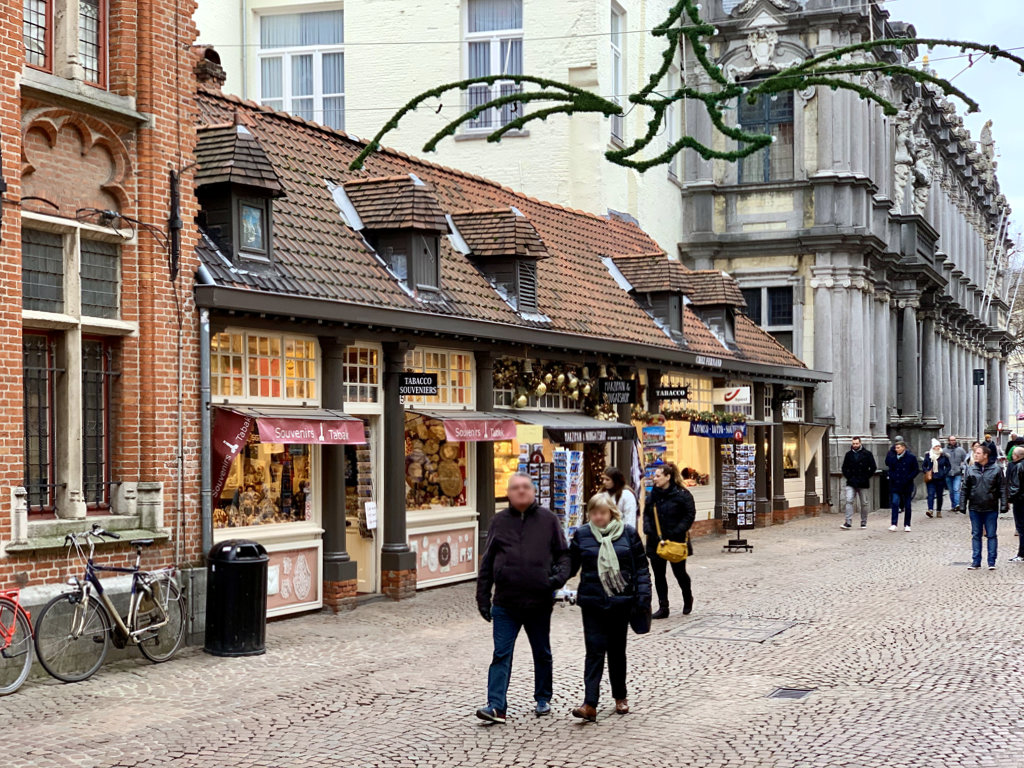
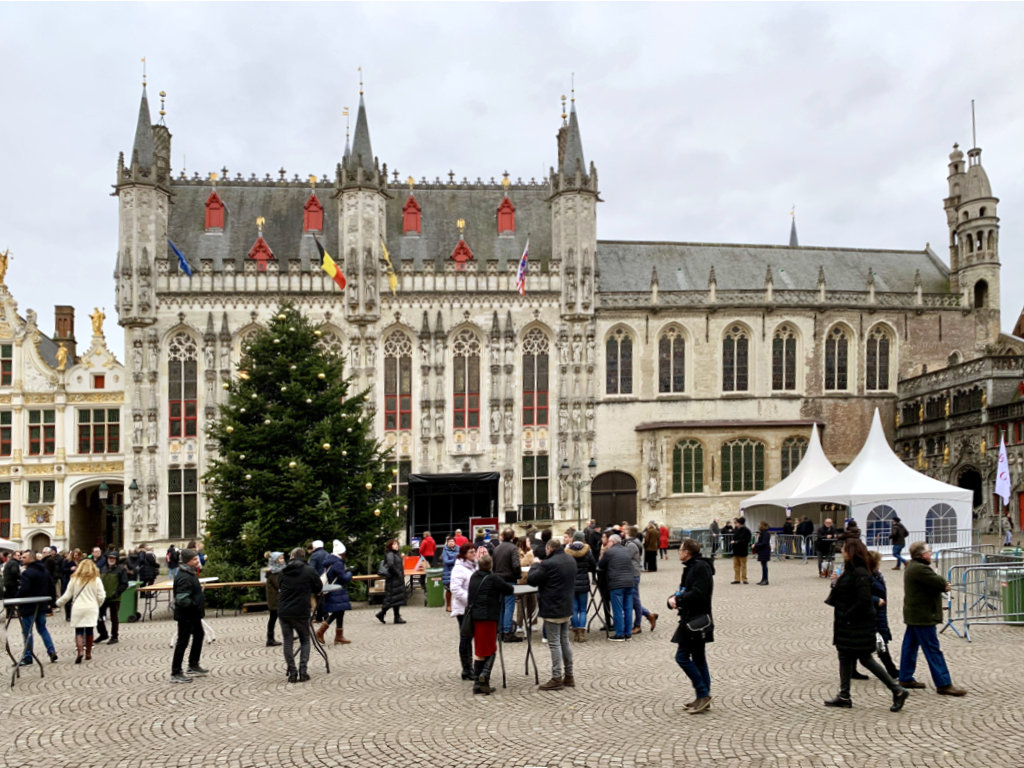
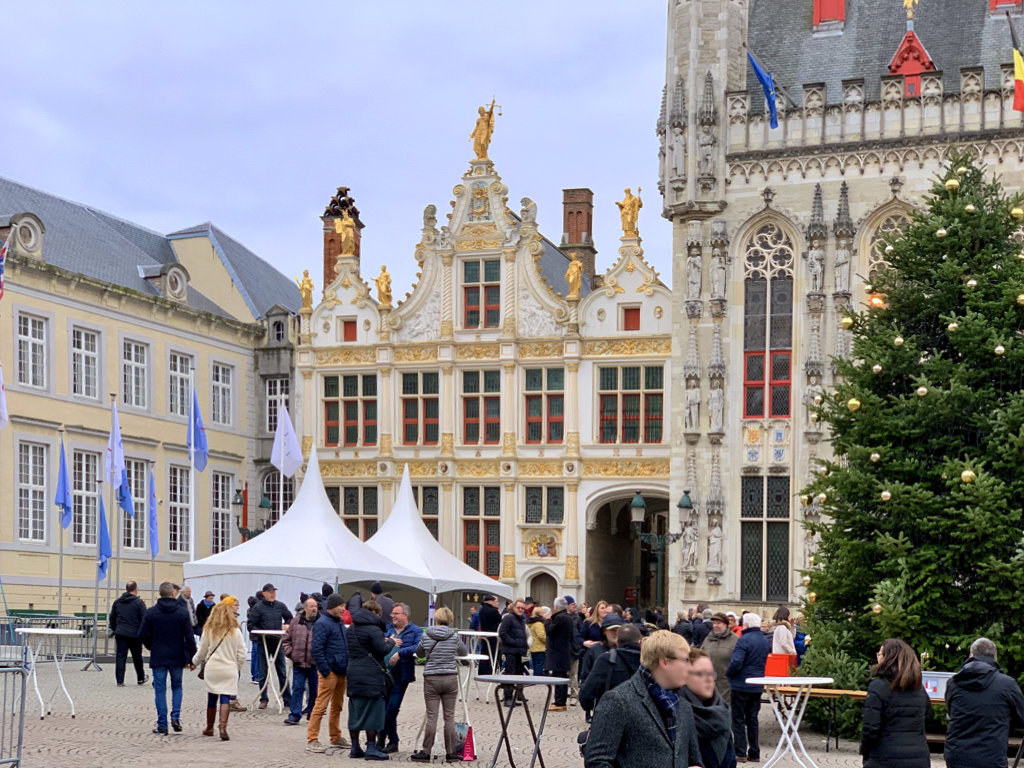
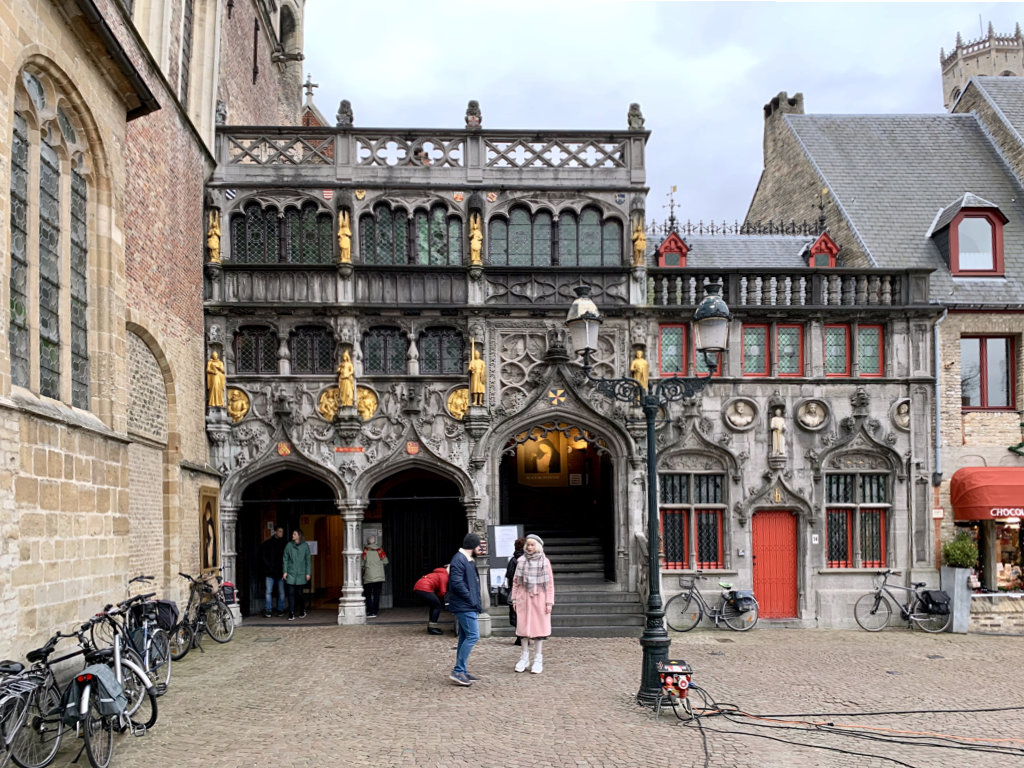



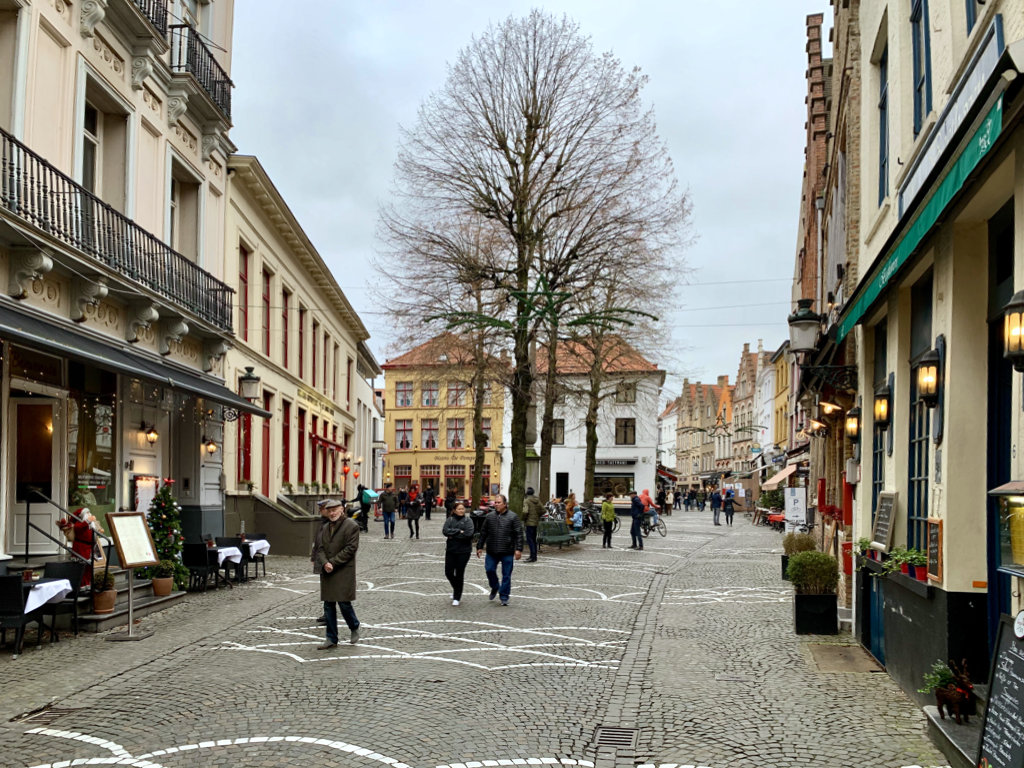
Saint Salvator's Cathedral, or Sint-Salvatorskathedraal in Dutch, is a historic cathedral. It is the main church of the Diocese of Bruges and one of the oldest parish churches in the city.
The construction of Saint Salvator's Cathedral dates back to the 12th century, although the current Gothic-style structure mainly dates from the 14th and 15th centuries. The cathedral's architecture showcases the evolution of Gothic styles throughout the centuries.
The interior of the cathedral features impressive stained glass windows, intricate woodwork, and beautiful artworks. The main altar, pulpit, and choir stalls are notable examples of craftsmanship from different periods. The cathedral also houses several chapels dedicated to various saints, each adorned with their own religious art and decorations.
One of the highlights of Saint Salvator's Cathedral is its tower, which stands at around 99 meters (325 feet) tall. Visitors can climb the tower to enjoy panoramic views of Bruges and its surrounding areas.
The cathedral serves as a place of worship, hosting regular religious services and ceremonies. It also welcomes visitors who wish to explore its architectural and artistic treasures or seek a moment of tranquility in its sacred atmosphere.
Saint Salvator's Cathedral is located in the heart of Bruges, making it easily accessible for visitors. Its central location allows for convenient exploration of other attractions in the city.
It's important to note that the cathedral may have specific opening hours for visitors, and access to certain areas, such as the tower, may have restrictions or require separate tickets. It's advisable to check the official website or contact the cathedral directly to obtain the most up-to-date information before planning your visit.
The Groeninge Museum, or Groeningemuseum in Dutch, is an art museum. It is renowned for its collection of Flemish and Belgian artwork, spanning several centuries.
The museum's collection primarily focuses on paintings from the 14th to the 20th century, showcasing the rich artistic heritage of the region. Visitors to the Groeninge Museum can admire masterpieces by prominent Flemish artists, including Jan van Eyck, Hans Memling, and Pieter Bruegel the Elder.
The collection encompasses a wide range of artistic styles and genres, from early Flemish primitives and Renaissance art to Baroque, Romantic, and modern works. It provides a comprehensive overview of the development of Flemish and Belgian painting throughout the centuries.
Some of the notable artworks housed in the Groeninge Museum include Jan van Eyck's "Madonna with Canon van der Paele," Hans Memling's "Moreel Triptych," and Hieronymus Bosch's "The Last Judgment." The museum also exhibits works by modern Belgian artists such as René Magritte and Constant Permeke.
The Groeninge Museum is located near the city center of Bruges, making it easily accessible for visitors. The museum's interior offers a modern and welcoming exhibition space, allowing visitors to appreciate the artworks in a well-curated and informative setting.
It's worth noting that the museum may have specific opening hours and admission fees. It's advisable to check the official website or contact the museum directly to obtain the most up-to-date information before planning your visit.
The Bruges City Hall, also known as Stadhuis in Dutch, is a historic building located in the central square of Bruges, called the Burg Square. It is one of the oldest city halls in the Low Countries and a prominent landmark in the city.
Construction of the Bruges City Hall began in the 14th century and continued over several centuries, resulting in a mix of architectural styles, including Gothic and Renaissance elements. The exterior of the building is characterized by its impressive facade with ornate decorations, arched windows, and a tall belfry tower.
The interior of the City Hall features beautifully decorated rooms and halls, showcasing the wealth and influence of Bruges during its heyday as a major trading and cultural center. Visitors can explore various chambers, including the Gothic Hall, where important meetings and ceremonies took place, and the Council Chamber, adorned with exquisite tapestries and artwork.
One of the highlights of the Bruges City Hall is the belfry tower, which stands at around 83 meters (272 feet) tall. The tower offers panoramic views of Bruges and the surrounding area from its top, providing visitors with a unique perspective of the city.
The Bruges City Hall is not only an architectural gem but also houses administrative offices where the local government conducts its business. It is still an active working building, contributing to the city's administration.
The City Hall is centrally located in Bruges and easily accessible for visitors. Its proximity to other attractions, such as the Basilica of the Holy Blood and the Old St. John's Hospital, makes it a convenient stop while exploring the city.
It's important to note that access to certain areas of the Bruges City Hall, such as the tower, may have restrictions or require separate tickets. It's advisable to check the official website or contact the City Hall directly to obtain the most up-to-date information before planning your visit.
The Provincial Court, or Provinciaal Hof in Dutch, is a historic building located in the Burg Square in Bruges. It is situated adjacent to the Bruges City Hall and is another notable architectural landmark in the city.
The Provincial Court dates back to the 19th century and was originally constructed as the courthouse for the province of West Flanders. The building showcases a neo-Gothic architectural style, with intricate stone carvings, pointed arches, and ornate details.
The interior of the Provincial Court features a spacious central hall adorned with stained glass windows, statues, and decorative elements. The hall serves as a ceremonial space and is often used for official events and exhibitions.
While the Provincial Court continues to serve as a courthouse, it also welcomes visitors who wish to admire its architectural beauty and historical significance. The exterior facade and the central hall are accessible to the public.
The location of the Provincial Court in the Burg Square makes it a convenient stop while exploring the historic center of Bruges. The square itself is a bustling hub with other important landmarks nearby, including the Bruges City Hall and the Basilica of the Holy Blood.
As always, it's advisable to check for the latest information, including opening hours and any restrictions, before visiting the Provincial Court, as circumstances may have changed since my knowledge cutoff date in September 2021.